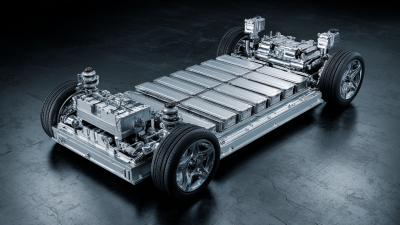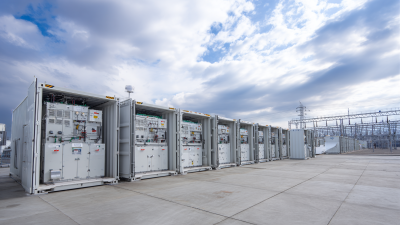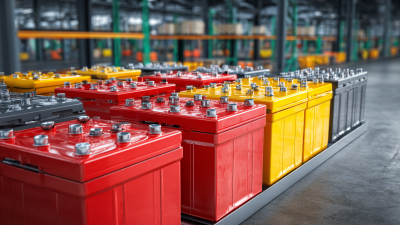The Future of Energy Storage: Exploring the Advantages of Lithium Big Batteries
As the world increasingly shifts towards renewable energy sources, the need for efficient energy storage solutions has never been greater. Among the various technologies available, the lithium big battery has emerged as a frontrunner, promising to revolutionize the way we store and utilize energy. This introduction explores the advantages of lithium big batteries, highlighting their role in addressing the challenges posed by intermittent energy production from sources like solar and wind. With their high energy density, rapid charging capabilities, and longevity, lithium big batteries offer significant benefits for both residential and grid-scale applications. Furthermore, as advancements in technology continue to enhance their performance and reduce costs, understanding how to effectively integrate these batteries into existing systems becomes crucial. In this discussion, we will delve into the ways lithium big batteries are shaping the future of energy storage and the implications for a sustainable energy landscape.
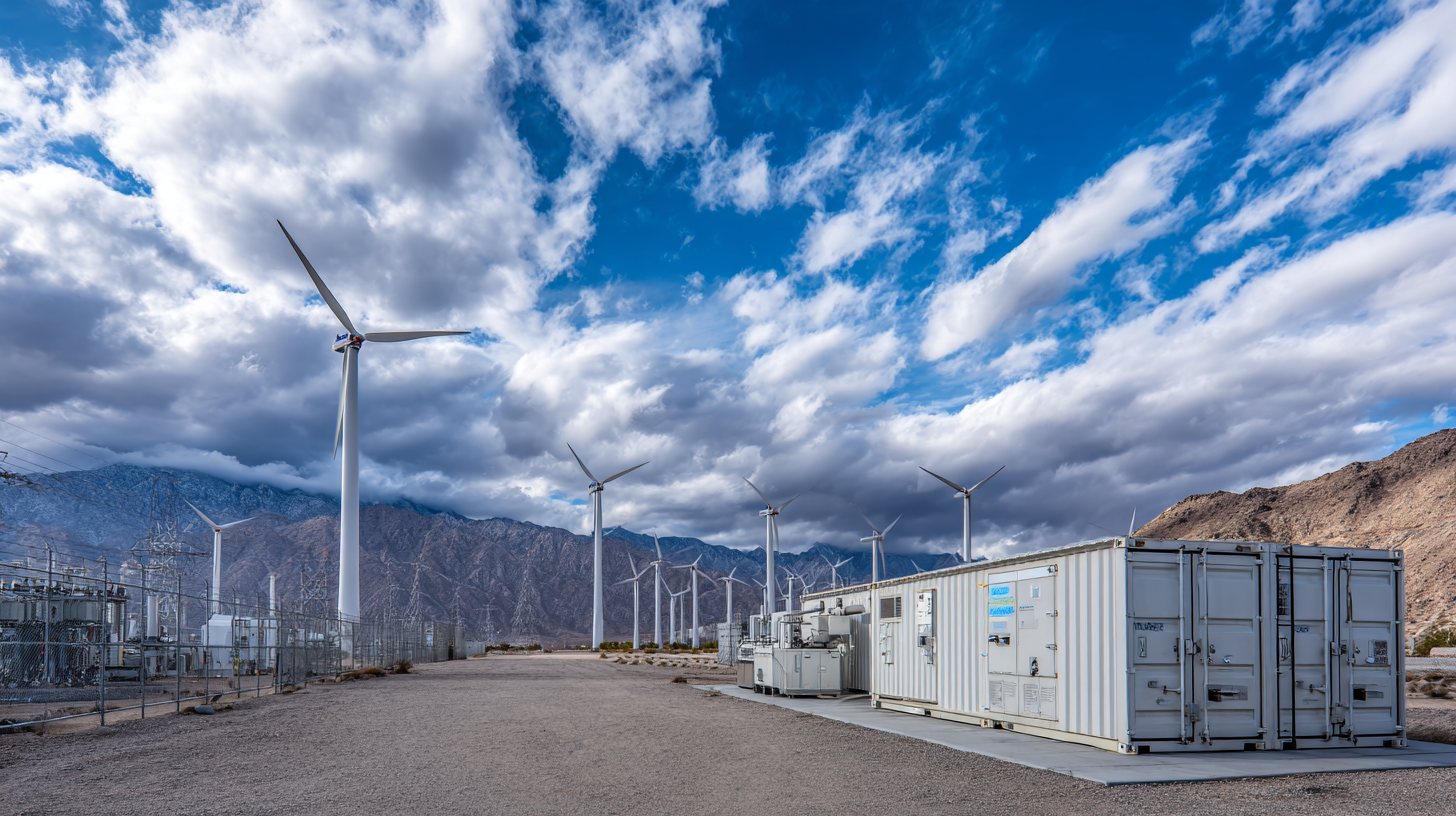
Understanding Lithium Big Batteries: A Game Changer for Energy Storage
Lithium big batteries are rapidly emerging as a pivotal technology for the future of energy storage, offering advantages that could revolutionize how we harness renewable energy. Reports indicate that the lithium-ion battery market is set to reach a staggering valuation of over $100 billion by 2025, driven by increasing demand for electric vehicles and renewable energy storage solutions. In particular, projects like the Oneida Energy Storage Project in Ontario illustrate the scalability of lithium-ion technology, with its deployment of 278 batteries on a footprint of just 10 acres. Such facilities not only enhance grid stability but also enable efficient energy management, showcasing the incredible potential of large-scale lithium storage.
Additionally, recent advancements in battery technology are amplifying the impact of lithium big batteries on the energy landscape. The development of solid-state batteries promises higher energy densities and faster charging capabilities, which are crucial in maximizing the efficiency of energy storage systems. Analysts predict that as new lithium reserves emerge in the U.S., coupled with innovative manufacturing expansions, the energy storage sector could witness unprecedented growth. This evolution stands to position lithium big batteries as a game changer in addressing the pressing challenges of energy sustainability, effectively supporting the transition to a greener economy.
Environmental Benefits of Lithium Big Batteries in Renewable Energy Systems
Lithium big batteries are poised to play a pivotal role in enhancing the environmental benefits of renewable energy systems. As the globe transitions towards cleaner energy sources, the capabilities of long-duration lithium batteries become increasingly vital. These batteries can store solar and wind energy when production exceeds demand, effectively mitigating intermittency issues and ensuring a reliable energy supply. Their ability to provide sustained energy over longer periods aligns perfectly with the needs of renewable energy, facilitating a smoother integration into the power grid.
However, the environmental implications of lithium battery storage must be carefully considered. Recent incidents, such as the major fire at a lithium battery storage facility in Northern California, highlight the potential risks associated with large-scale battery systems. Despite these challenges, advancements in recycling technologies and sustainable waste management practices are being developed to minimize the ecological impact of lithium-ion batteries. Research into the lifecycle management of these batteries, including recovery and recycling, is essential for achieving a truly sustainable energy storage solution that supports the transition to a cleaner, more resilient energy future.
The Future of Energy Storage: Advantages of Lithium Big Batteries
This chart illustrates the environmental benefits of utilizing lithium big batteries in renewable energy systems, showcasing their efficiency and sustainability compared to traditional energy storage solutions.
Cost Efficiency: How Lithium Big Batteries Are Transforming Energy Economics
Lithium big batteries are revolutionizing energy economics by drastically improving cost efficiency in energy storage solutions. As the demand for renewable energy sources, such as solar and wind, continues to grow, the need for effective storage systems becomes increasingly critical. These large-scale lithium-ion batteries provide a solution by allowing for the storing of surplus energy produced during peak generation times. This stored energy can then be released during periods of high demand, reducing reliance on fossil fuels and stabilizing energy prices.
Moreover, lithium big batteries have significantly decreased the overall costs associated with energy storage. Advances in battery technology and manufacturing processes have led to a notable reduction in the price per kilowatt-hour, making them a financially viable option for both utility companies and smaller businesses. The scalability of these systems means that they can be tailored to fit various needs, from large grid applications to localized energy storage for commercial enterprises. As the cost of lithium battery technology continues to decline, it unlocks new opportunities for economic growth while supporting the transition toward a more sustainable energy landscape.
The Future of Energy Storage: Exploring the Advantages of Lithium Big Batteries
| Dimension |
Details |
| Energy Density |
150-300 Wh/kg |
| Cycle Life |
2000-5000 cycles |
| Cost per kWh |
$100-$200 |
| Charge Time |
30 min - 1 hour |
| Environmental Impact |
Low emissions if recycled |
| Temperature Range |
-20°C to 60°C |
| Applications |
Grid storage, EVs, portable electronics |
Enhanced Performance: The Technological Edge of Lithium Big Batteries
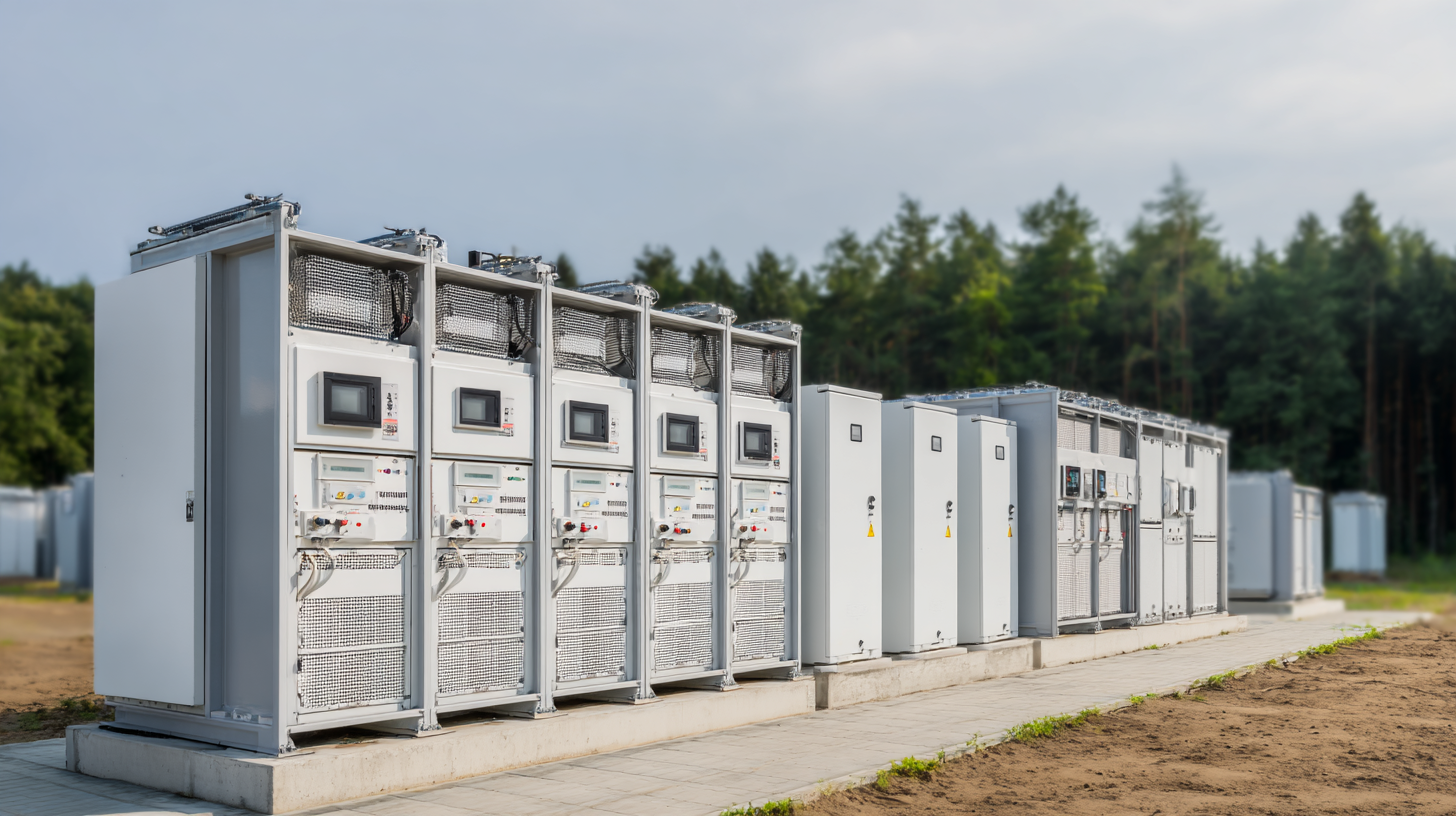 Lithium big batteries are revolutionizing the energy storage landscape by offering superior performance and efficiency compared to traditional storage systems. One of the most significant technological edges of lithium batteries is their high energy density, which allows for greater amounts of energy to be stored in a smaller footprint. This characteristic makes them ideal for applications ranging from residential use to large-scale renewable energy facilities, where space is often at a premium. With advancements in battery chemistry and design, lithium batteries are becoming increasingly reliable, with longer lifespans and better cycle stability, enabling them to meet the demands of a rapidly evolving energy ecosystem.
Lithium big batteries are revolutionizing the energy storage landscape by offering superior performance and efficiency compared to traditional storage systems. One of the most significant technological edges of lithium batteries is their high energy density, which allows for greater amounts of energy to be stored in a smaller footprint. This characteristic makes them ideal for applications ranging from residential use to large-scale renewable energy facilities, where space is often at a premium. With advancements in battery chemistry and design, lithium batteries are becoming increasingly reliable, with longer lifespans and better cycle stability, enabling them to meet the demands of a rapidly evolving energy ecosystem.
Another advantage of lithium big batteries lies in their rapid charging and discharging capabilities. Unlike conventional lead-acid batteries, lithium technologies can handle quick bursts of power, making them suitable for applications that require immediate energy discharge, such as peak load shifting and grid stability solutions. Furthermore, their lightweight nature enhances portability and ease of installation, particularly in mobile applications like electric vehicles. As research continues to unlock new potential in lithium battery technology, these innovations will play a crucial role in the transition towards a sustainable and efficient energy future.
Future Innovations: What Lies Ahead for Lithium Energy Storage Solutions
As we explore the future innovations in
lithium energy storage solutions, recent advancements highlight the ongoing evolution in this sector.
In 2023, Chinese researchers achieved a remarkable breakthrough in lithium battery technology,
demonstrating an unprecedented energy density. This achievement has the potential to
revolutionize the landscape of energy storage, significantly improving electric aviation and other applications that demand
high energy efficiency. Such advancements are crucial as global energy storage needs continue to rise, with projections indicating
that the lithium-ion battery market will exceed $100 billion by 2026, driven by
the demand for electric vehicles and renewable energy integration.
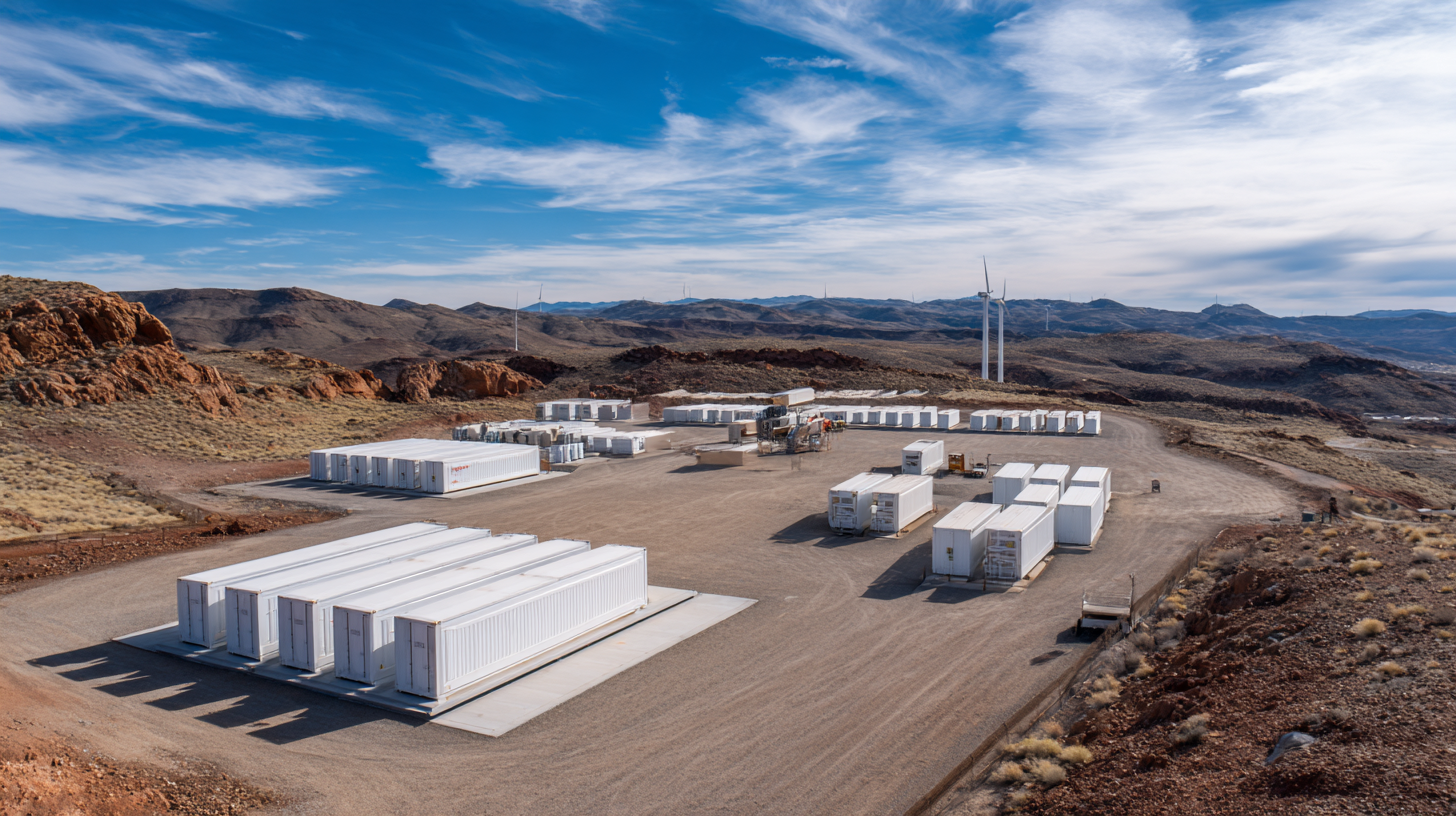
Meanwhile, Saudi Arabia is strategically leveraging
lithium-sulfur technology to enhance its position in the battery innovation landscape.
With its abundant natural resources, the country aims to develop sustainable energy solutions that could lead to
significant reductions in carbon emissions. At the same time, Japan's shift from lithium to sodium batteries is indicative
of a broader trend, where nations prioritize
supply chain resilience and sustainability.
These innovative approaches reflect a dynamic industry landscape that continuously seeks to meet the pressing energy demands
of the future while paving the way for a more sustainable world.







